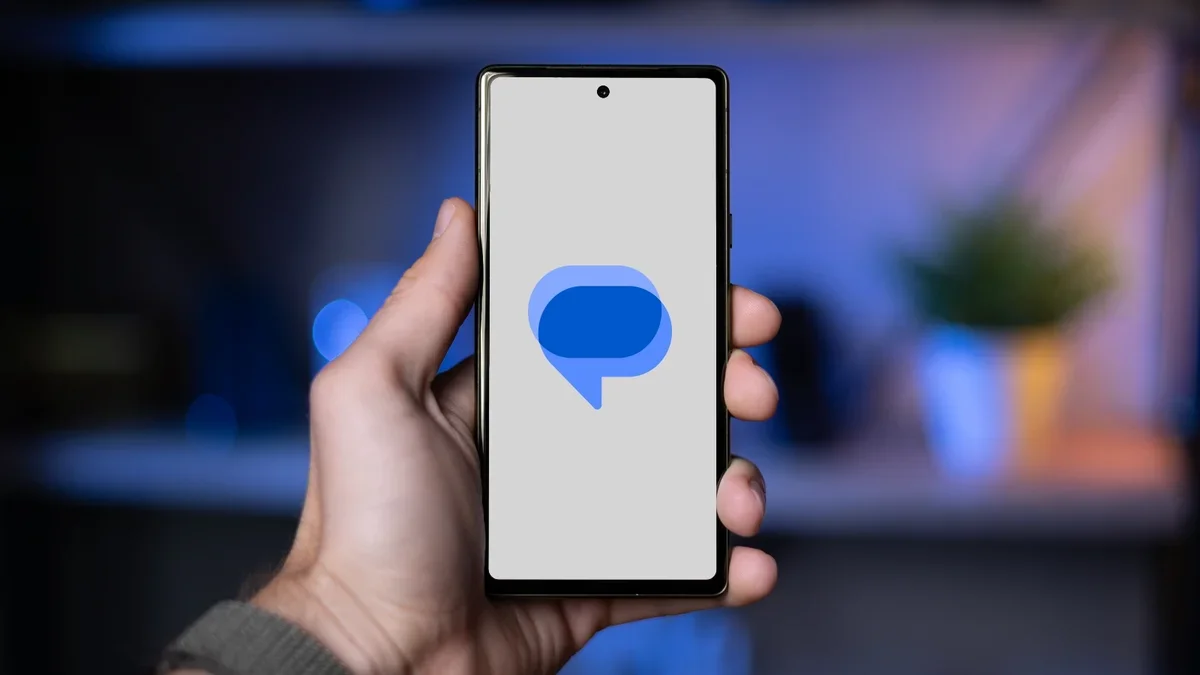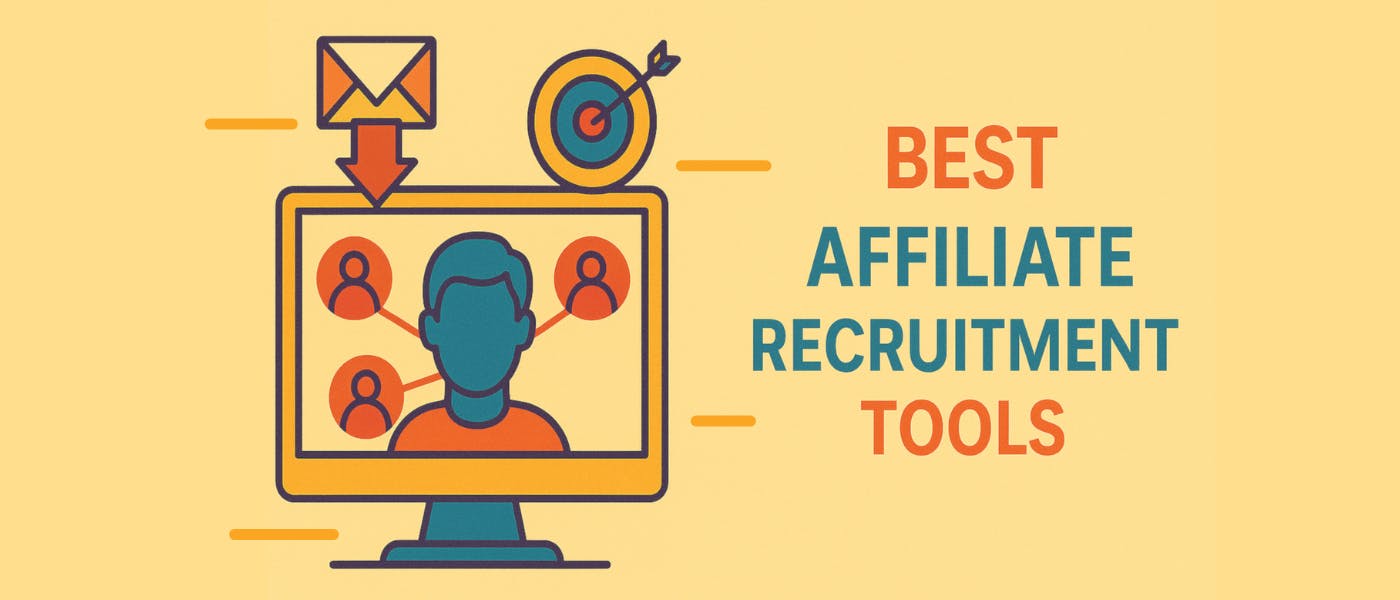When we think about digital accessibility, the focus is often external—how can we make our products and services usable for customers with disabilities? But what about those behind the curtain, the employees who build and maintain these products? Can an organization truly call itself inclusive if its own workforce struggles with inaccessible tools and systems?
This question came to life in a recent AXSChat interview with Crystal Preston-Watson, Senior Digital Accessibility Analyst at Salesforce. Her unconventional career journey, her focus on internal accessibility, and her cautionary perspective on AI’s role in accessibility offer critical insights for tech leaders, designers, and developers alike.
The Journey Into Accessibility
Crystal’s path into accessibility wasn’t linear—it was personal, winding, and deeply inspiring. She began her career as a journalist but transitioned into tech after teaching herself coding languages like HTML, CSS, and JavaScript. The 2008 recession pushed her toward front-end development, and later, quality engineering, where she encountered her first accessibility testing ticket.
The ticket read: “Test with JAWS” (a screen reader for users with visual impairments). At the time, Crystal was grappling with her own vision loss, which made the task resonate on a deeper level. “I realized I needed to learn more about accessibility—not just for work, but for myself,” she said. That pivotal moment marked the start of her journey as an accessibility advocate.
Internal Accessibility: The Forgotten Frontier
Crystal’s current role at Salesforce is unique. Unlike many accessibility specialists, her work doesn’t revolve around customer-facing products. Instead, she focuses on internal digital accessibility—ensuring that Salesforce’s employees, especially those with disabilities, have access to inclusive tools, systems, and documentation. From vetting third-party tools to educating internal teams on accessibility best practices, her work touches every corner of the company.
Her message is clear: True accessibility starts within. If an organization’s own employees face barriers, how can it claim to be truly inclusive?
Unfortunately, many companies overlook internal accessibility. Crystal notes that it’s often treated as “side-of-desk” work—something individuals are passionate about but is not yet fully backed by organizational support. She’s optimistic, though, and sees a growing interest in formalizing internal accessibility programs, especially at larger companies.
Accessibility Education: Start Young, Think Big
One of the more striking ideas Crystal shared was the importance of early education in accessibility. Too often, accessibility is introduced as an afterthought—a module in a coding bootcamp or a single university course. But by that point, many harmful patterns are already ingrained.
Crystal argues that accessibility needs to be taught from the very beginning, as early as kindergarten. She uses relatable analogies, like comparing accessibility features to video game mods, to help kids understand the concept. “Mods improve or fix a game. Accessibility is the mod that makes tech work for everyone,” she explained. It’s a simple yet powerful way to frame the conversation, especially for younger audiences.
AI and Accessibility: Proceed With Caution
AI is the tech world’s shiny new toy, and many see it as a silver bullet for accessibility challenges. But Crystal is skeptical—and for good reason.
Large language models (LLMs) like ChatGPT are only as good as the data they’re trained on, and much of the internet is rife with inaccessible patterns and ableist assumptions. Crystal gave an example of asking an AI to “build an accessible form.” While the output might look polished, someone with real accessibility expertise could quickly spot flaws. “If you don’t already know what good accessibility looks like, how will you know the AI-generated code is wrong?” she asked.
This brings up two critical issues:
- Prompt complexity: Writing effective prompts for AI is essentially a form of coding in natural language. Most users lack the expertise to craft the detailed instructions needed to ensure accessible outputs.
- Provider responsibility: Crystal believes the onus shouldn’t fall entirely on users. AI providers need to build accessibility best practices directly into their models. If they don’t, they risk perpetuating the same accessibility issues at scale.
AI can be a powerful tool, but it’s not a shortcut. Without foundational knowledge and critical thinking, it’s easy to trust outputs that are far from inclusive.
The Bigger Picture: Human Inclusion in All Phases
As our conversation wrapped up, one theme became clear: accessibility is about human inclusion at every stage of technology development. It’s not just about compliance or checking boxes; it’s about creating a world where everyone, regardless of ability, can thrive.
Crystal’s work at Salesforce, her advocacy for early education, and her nuanced view of AI all point to the same conclusion: Accessibility is a journey, not a destination. It’s an ongoing effort that requires critical thinking, collaboration, and a commitment to doing better—for employees, for customers, and for society as a whole.
Final Thoughts
Crystal’s story is a reminder that accessibility isn’t just a feature—it’s a mindset. It’s not limited to customer-facing tools or legal requirements. It’s about building a culture where inclusion is the default, not the exception.
So, if you’re building the next big thing in tech, ask yourself: Is your own house in order? Are your employees equipped to succeed? And as AI takes on a larger role in development, are you critically evaluating its outputs with accessibility in mind?
The future of tech is inclusive—or at least, it should be. Let’s make it happen.
Image alt text:
This image shows a four-person video conference grid. In the top left panel, Neil is seated in a warmly lit room decorated with several colourful paintings and certificates on the wall, wearing a vibrant floral shirt. Top right, Crystal is positioned in a room with creatively painted white walls featuring black squiggles, with art supplies and chairs visible in the background; she is wearing an eye patch and has curly hair. Bottom left, Debra sits in a well-lit space near a window with greenery outside, sporting light-colored curly hair and a plaid shirt. Bottom right, Antonio is shown in a modern setting with bright blue and white geometric wall panels, dressed in a maroon polo shirt.
Thanks to Crystal Preston-Watson and my podcast co-hosts, Neil Milliken and Debra Ruh, for inspiring this piece. Let’s keep the conversation going.












